Unleashing Innovation: Mastering AI-Driven Design Thinking Strategies
Leapfrogging
FEBRUARY 28, 2024
Introduction to Design Thinking Design Thinking is a non-linear, iterative process that teams use to understand users, challenge assumptions, redefine problems, and create innovative solutions to prototype and test. What is Design Thinking? Ideate : Generating a range of possible solutions.













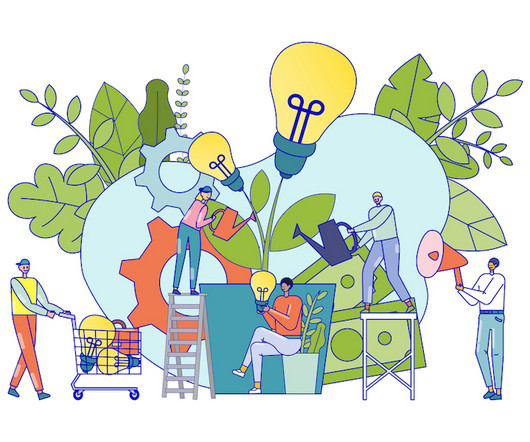

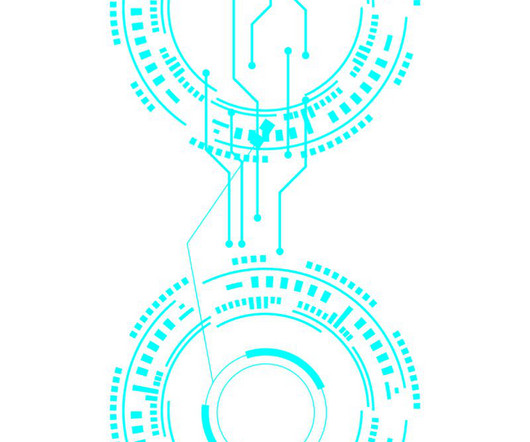
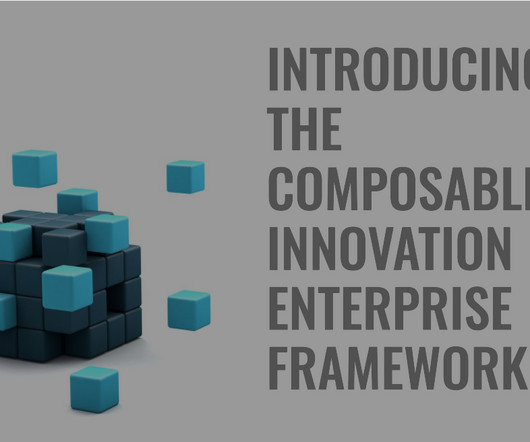
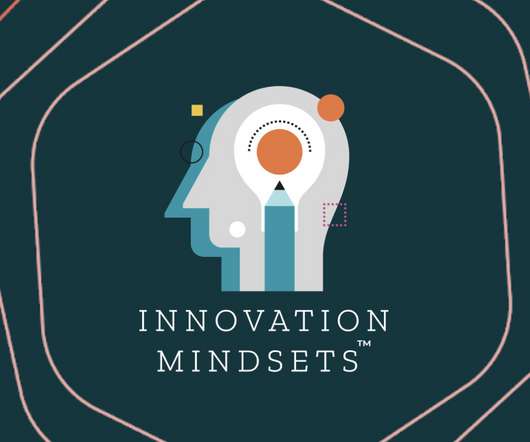
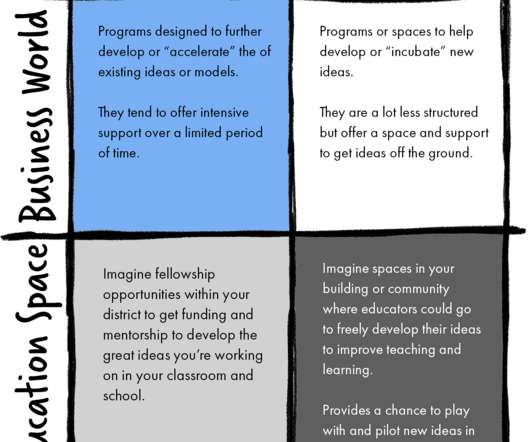





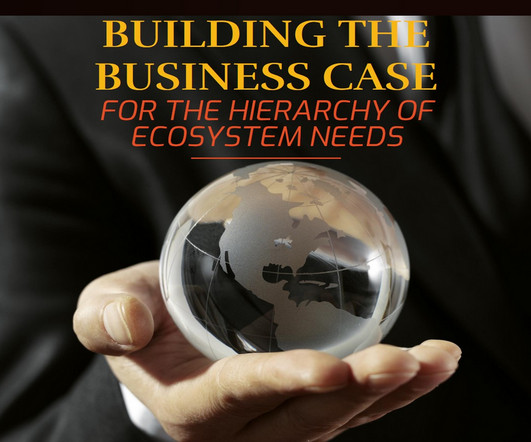









Let's personalize your content